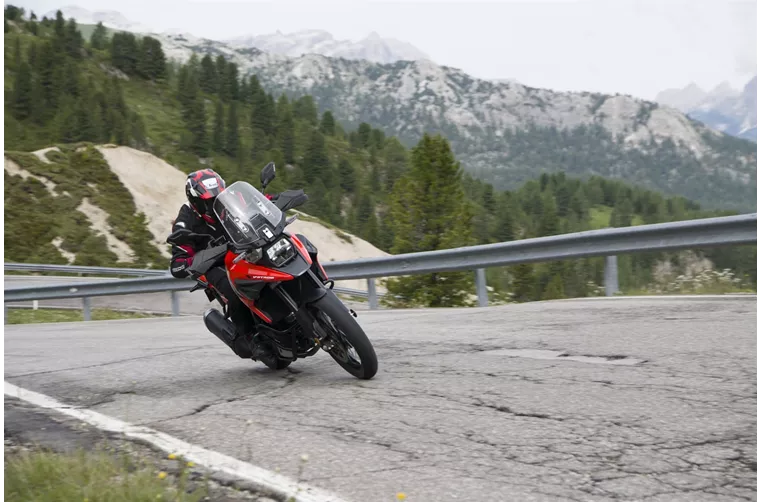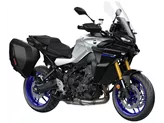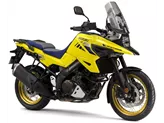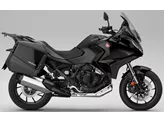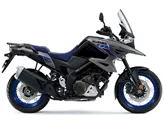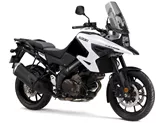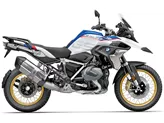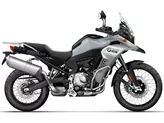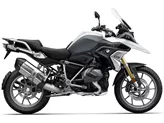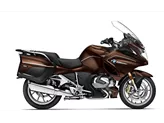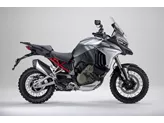Suzuki V-Strom 1050 XT 2022 vs. BMW R 1200 GS 2016
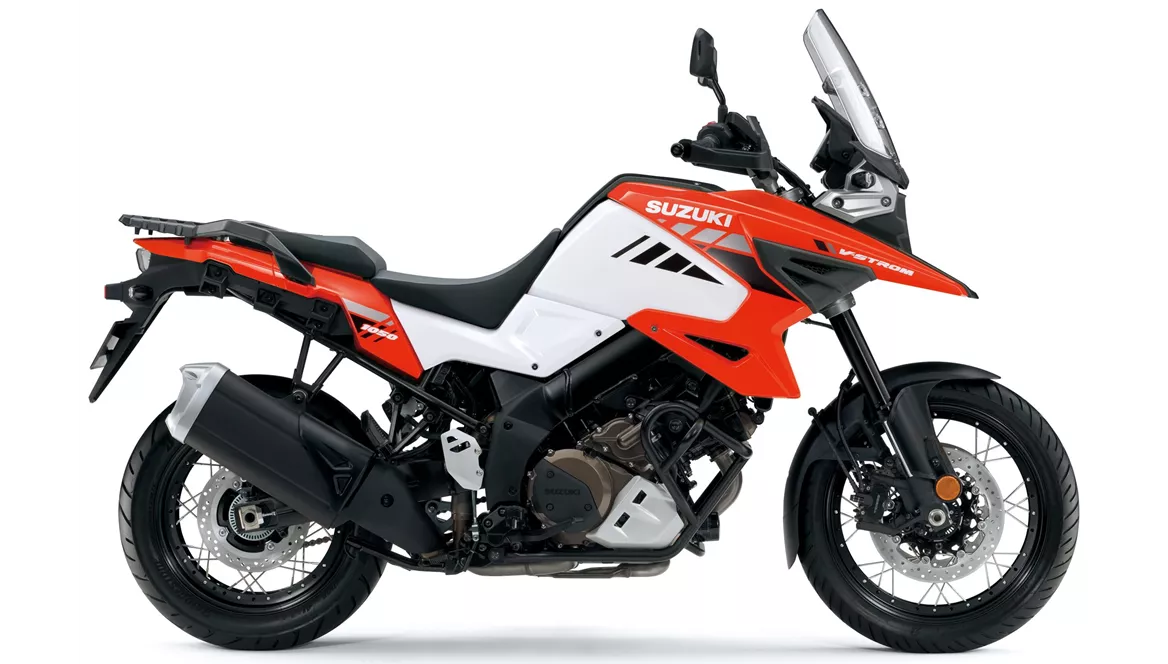
Suzuki V-Strom 1050 XT 2022

BMW R 1200 GS 2016
Overview - Suzuki V-Strom 1050 XT 2022 vs BMW R 1200 GS 2016
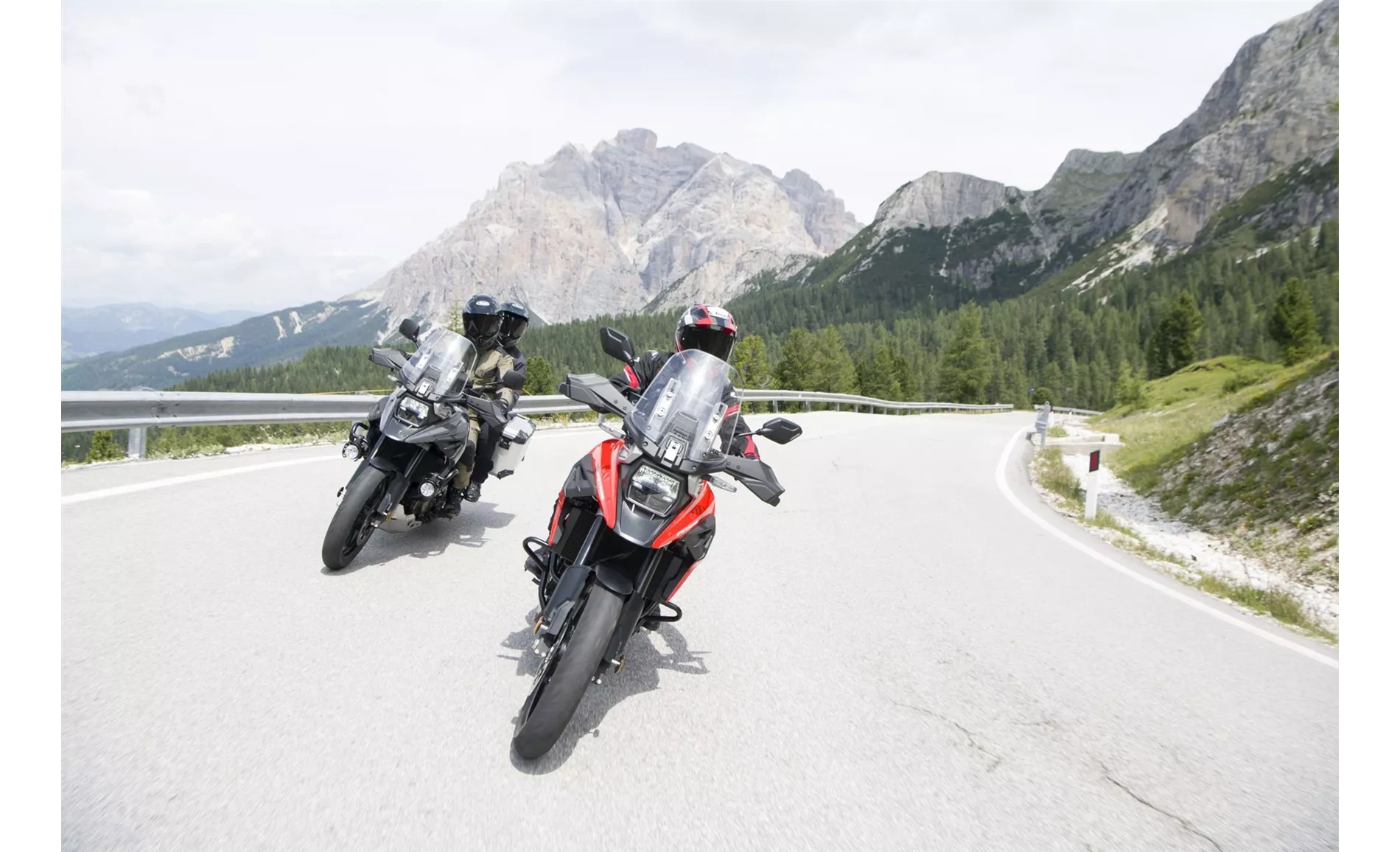
Suzuki V-Strom 1050 XT 2022
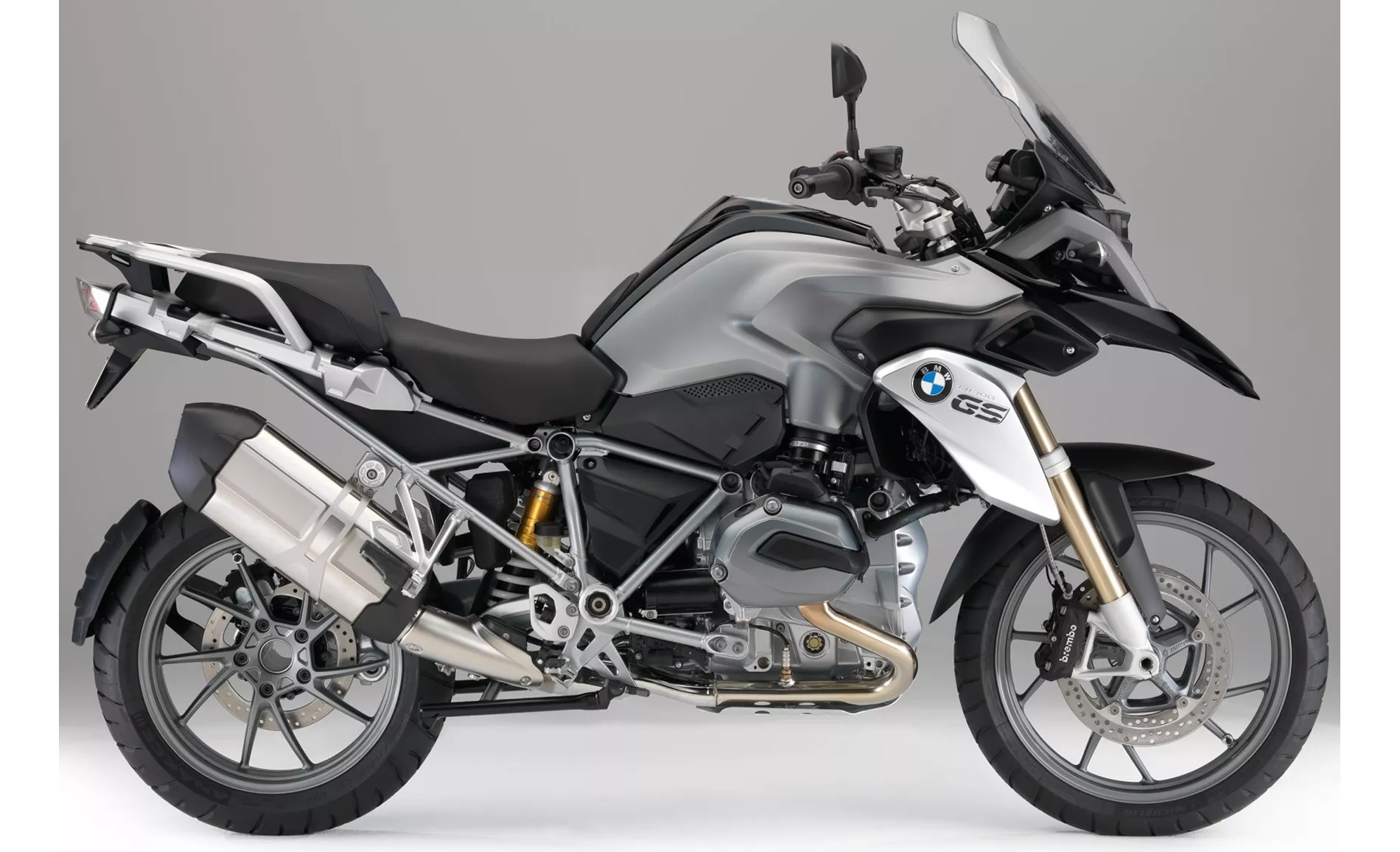
BMW R 1200 GS 2016
Technical Specifications Suzuki V-Strom 1050 XT 2022 compared to BMW R 1200 GS 2016
Pros and Cons in comparison
Pros and Cons in comparison
Suzuki V-Strom 1050 XT 2022

Even though the new V-Strom 1050 has moved up in price to a league in which it has to be compared more with the competition than before, it has remained true to itself despite the most modern safety features, or rather, it has remained an uncomplicated motorbike that is ready for the big journey. Its favourite terrain is the road, which, thanks to the good chassis, can also be bad and bumpy. Off-road passages are no problem either, but those who regularly seek rougher terrain will be less likely to end up with the Suzuki due to its mighty weight. On paved roads, however, the mass can be moved surprisingly quickly and effortlessly. The addictive engine, the successful retro design and the extreme suitability for touring make the Suzuki V-Strom 1050 XT a top motorbike for long journeys.
BMW R 1200 GS 2016

A GS is at home almost anywhere - but only to a limited extent on the racetrack. It's a pleasure to feel the power of the partially water-cooled boxer twin cylinder on the exit of the bend - 125 hp only seems much weaker on paper than 150 or even 160 hp on the competition. With 125 Newton metres of torque, the acceleration from the bottom is superb anyway and the GS, at 238 kilos ready to ride, does not carry too much flab despite its bulky appearance. In very tight corners, the low centre of gravity also has a positive effect - the BMW R 1200 GS is very hard to crack! Even the front telelever suspension, which suppresses the front wheel's tendency to sink in under braking, fits perfectly into the GS's overall package and only slightly detracts from its sporty character.
